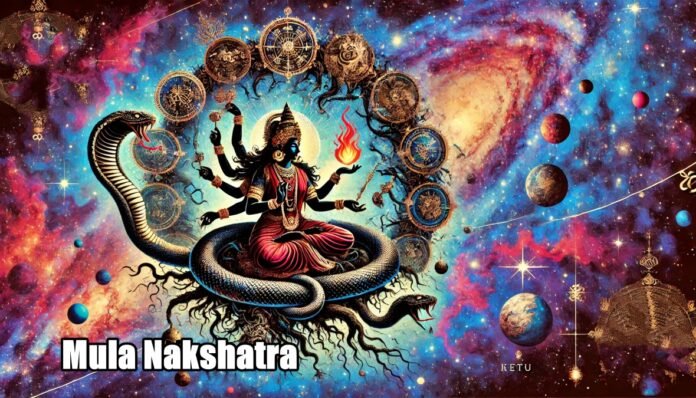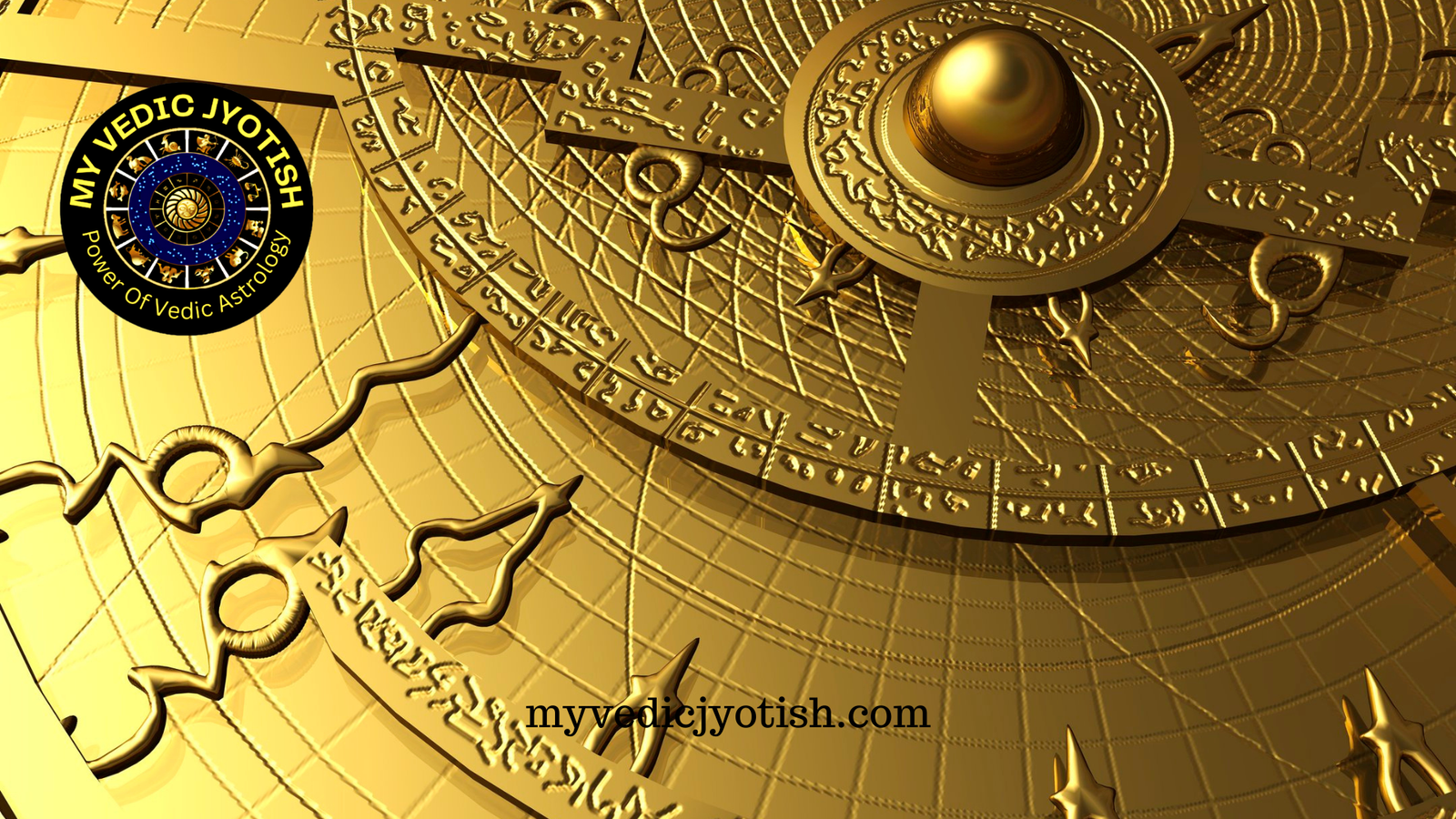Mula Nakshatra, also known as “The Root Star,” is the 19th Nakshatra in Vedic astrology, spanning from 0°00′ to 13°20′ in the Sagittarius zodiac sign. It is symbolized by a tied bunch of roots and is ruled by Ketu, the planet of spirituality and detachment. The presiding deity is Nirriti, the goddess of dissolution and destruction. Mula Nakshatra represents transformation, exploration of deep truths, and resilience.
Characteristics of Mula Nakshatra
General Traits
- Symbolism: The tied roots signify grounding, going to the core of matters, and resilience.
- Energy: Mula natives are known for their transformative energy, often bringing about significant changes in their lives and others’.
- Spiritual Inclination: Ruled by Ketu, they are naturally drawn to spirituality, philosophy, and the mysteries of life.
- Determination: These individuals are ambitious and resolute, willing to work hard to achieve their goals.
- Curiosity: They have an innate desire to uncover hidden truths and often delve into research, psychology, or mysticism.
- Duality: While they are capable of great achievements, their intense energy can sometimes lead to self-destructive tendencies or chaos if not balanced.
Male Natives
- Peace-loving with a sweet nature but highly independent.
- Strong belief in divine providence but also hardworking and self-reliant.
- Often face financial instability due to a carefree attitude toward money management.
- May struggle with family relationships but are deeply caring toward loved ones.
Female Natives
- Compassionate and pure-hearted but can be stubborn.
- Willing to go to great lengths for loved ones but need to be cautious about being exploited.
- Prone to emotional challenges and heartbreaks but possess strong resolve to overcome adversity.
Padas (Quarters)
- First Pada (Aries Navamsa): Ambitious with a focus on material and spiritual pursuits.
- Second Pada (Taurus Navamsa): Hardworking with an interest in occult sciences.
- Third Pada (Gemini Navamsa): Excellent communicators who enjoy intellectual discussions.
- Fourth Pada (Cancer Navamsa): Emotionally sensitive with a focus on relationships.
Compatibility of Mula Nakshatra
Compatibility in Vedic astrology is determined by how well the energies of two Nakshatras align. Mula Nakshatra’s intense and transformative nature can create both harmonious and challenging relationships depending on the partner’s traits.
Most Compatible Nakshatras
- Purva Ashadha (77%): A strong bond marked by mutual understanding and support for spiritual growth.
- Anuradha (77%): Deep emotional connection with shared goals, though requiring balance during conflicts.
- Chitra (75%): Adventurous and thrilling relationships where both partners support each other’s ambitions.
Moderately Compatible Nakshatras
- Krittika (65%): A relationship where Mula helps Krittika overcome inhibitions while finding grounding in return.
- Magha (66%): Intense love with shared spiritual ideals but requiring effort to avoid power struggles.
- Ashlesha (61%): A spiritually complex relationship that demands patience and understanding.
Least Compatible Nakshatras
- Punarvasu (29%): Significant challenges due to contrasting energies; jealousy and insecurity may arise.
- Ashwini (33%): Trust issues may hinder emotional connection unless worked upon consciously.
- Uttara Phalguni (32%): Mula’s unconventional nature may clash with Uttara Phalguni’s traditional values.
Best Matches
According to some sources, other Mula natives or Revati Nakshatra individuals are considered ideal partners due to shared spiritual inclinations and understanding of transformative energy. However, caution is advised when two Mula natives marry as their similar intense personalities may lead to conflicts without proper balance.
Mula Nakshatra natives are deeply rooted individuals who thrive on transformation and uncovering truths. Their compatibility depends on finding partners who can balance their intensity while supporting their spiritual journey. Relationships with compatible Nakshatras like Purva Ashadha or Anuradha can lead to fulfilling unions, while partnerships with less compatible ones like Punarvasu may require significant effort for harmony.



